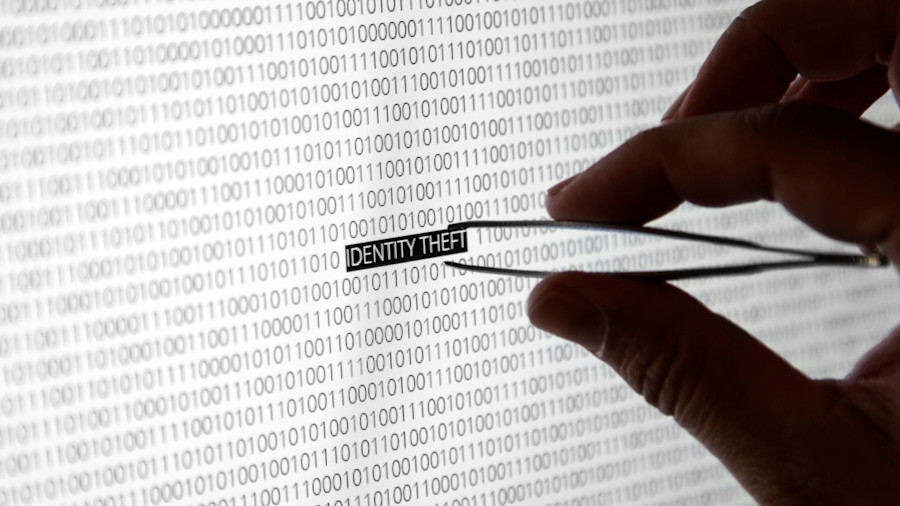
Estate Planning
Don't Become a Victim in the Online Afterlife
Fraud. Scammers. Deception. Every year the identities of roughly millions of deceased Americans are accessed by thieves looking to do everything from fraudulently create credit card accounts and apply for loans to open cell phone accounts and acquire other services. Even more staggering, roughly 800,000 deceased people are deliberately targeted. That’s about 2,200 per day!
Sadly, even with the right laws in place, the malicious and predatory elements of the Internet will always be there. And as more people leave a trace of their lives online after death, there are more ways for the malevolent among us to prey on that vulnerability.
How? It happens in increments. A cybersecurity incident may take place on one particular site, and the attackers combine that data (e.g., name, address, and birth date) with the information they can learn from a social media page, which could inform them about passwords (we often choose phrases from our life, such as pet names or addresses), and this provides the bad guys with a fuller picture of how to either impersonate individuals or gain unauthorized access to their accounts.
Practical ways to get started
Whatever the reason for the unauthorized access to the deceased’s account, there are things you can do to help minimize any chance of being a victim of a bereavement scam:
• Avoid putting too much personal information into an obituary like middle name, maiden name, exact birth date, address, and so on. (And be aware of how easy it is to spoof or alter an obituary, if it’s required by a site for identification purposes.)
• Take action with social media accounts and other online sites
• Send copies of the death certificate to credit-reporting agencies as soon as possible. Don’t wait for the Social Security Administration to do it (that process could take months).
• Review the deceased person’s credit report for unusual activity, and ensure you have access to it beforehand.
• Send the IRS a copy of the death certificate.
• Contact the Department of Motor Vehicles to advise of the person’s demise and to prevent duplicate identification from being issued.
• Contact the Direct Marketing Association to put the deceased individual on a “do not contact” list.
• Notify banks, credit agencies, and other financial institutions of the individual’s passing.
• Speak only with trusted entities by contacting them directly yourself; don’t entertain any incoming calls.
• Authorize trusted friends and family members, or “deputies,” to shut down online accounts as soon as possible after your death. Or, at least, have them monitor the accounts so that they might receive any notifications from a bank or site asking for verification should those accounts be accessed.
It’s terrible to imagine that there are people out there who will take advantage of death, which should be off-limits for even the most ardent and vile scammers. Or that our digital assets can disappear entirely with our passing, or at the erroneous touch of a button. The good news is that you have the capacity to minimize your chances of being a ghosting victim or a victim of happenstance by taking a few simple steps to protect your online life.
Once these vital layers of protection are established, then it’s up to you to decide what you leave behind in the virtual world - and how to best protect it all. Get started today at mygoodtrust.com.
(Part of this article is taken from the book Digital Legacy: Take Control of Your Online Afterlife - for more including reviews and how to buy it visit https://mygoodtrust.com/book.)